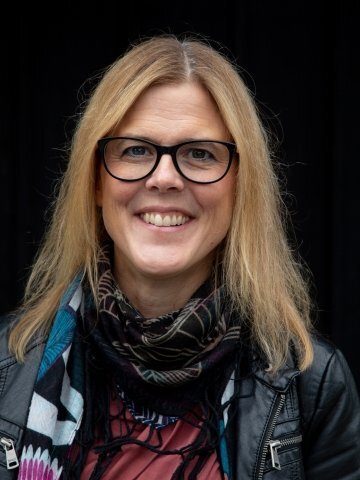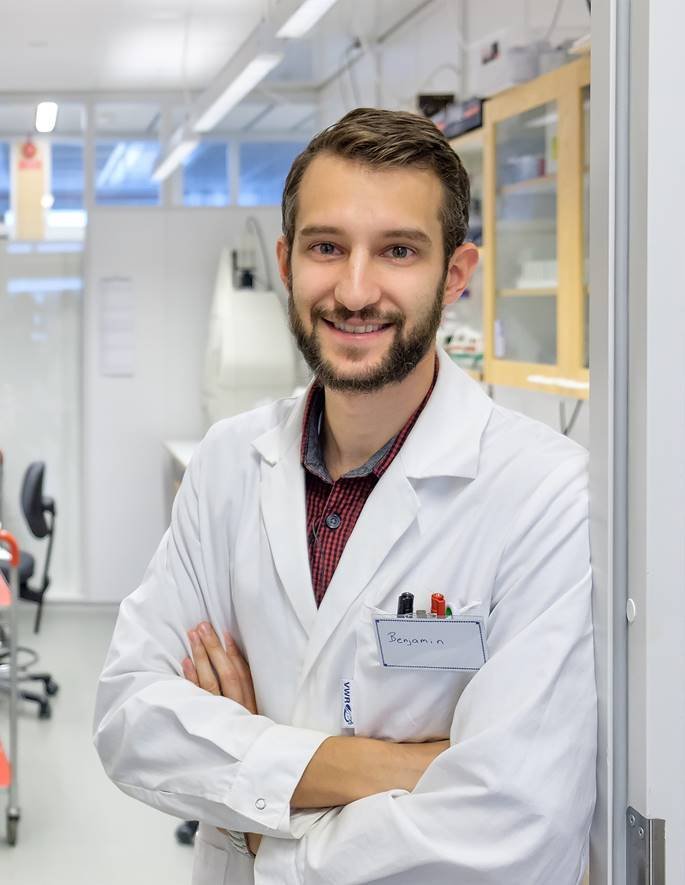Up-scaling of a sustainable spinning method for artificial spider silk

Spider silk is Nature’s high-performance fiber as it combines high tensile strength and large extensibility. A research group at Karolinska Institutet has developed a new and scalable method for producing spider silk proteins and are aiming to scale up the spinning process. Sustainable alternatives to petroleum-based products are needed since the environmental pollution caused by the exploitation of these limited resources is significant.
The world’s economy is heavily based on petroleum-based products, but the exploitation of these resources is causing substantial environmental pollution and sustainable alternatives are needed. For instance, 67% of textile fibers have a synthetic origin and contribute considerably to worldwide CO2 emissions, in addition to polluting landfills and oceans with non-biodegradable plastic waste (Shirvanimoghaddam et al., 2020).
Spider silk has great potential
Spider silk is Nature’s high-performance fiber as it combines high tensile strength and large extensibility. The silk fiber is made from proteins in a process devoid of toxic chemicals and extreme temperatures which makes it a candidate for replacing many synthetic fibers. The great potential that this material holds for use in applications like high-performance textiles, medical implants, robotics components, and as reinforcement in composite materials, has triggered several-decades-long research to replicate the properties of spider silk in artificial mimics, as large-scale harvesting the silk from spiders is not feasible.

However, a limited understanding of the natural spinning mechanisms has made artificial spinning protocols rely on the use of harsh and environmentally hazardous chemicals, which defies the purpose of creating a sustainable material. Recently, the Anna Rising research group at the Department of Biosciences and Nutrition, Karolinska Institutet, discovered that a main driving force of spider silk formation is a pH gradient that occurs along the spider’s silk gland (Andersson et al., 2014), and developed a spider silk protein that enabled biomimetic spider silk spinning for the first time (Andersson et al., 2017).
Scalable method for silk production

Based on this work, Benjamin Schmuck, a postdoc in the group, has developed a new and scalable method for producing spider silk proteins using microorganisms with a yield that is 10 times higher compared to previous reports, reaching a level that makes the production economically feasible from a commercialization perspective (Schmuck et al., 2021).
As a next step, the group is aiming to scale up the spinning process and transition from the current lab scale process to pilot scale. This project, supported by a ERC Proof of Concept Grant that recently was awarded to Anna Rising, will hopefully result in the development of a large-scale sustainable spinning method for artificial spider silk fibers. Furthermore, the grant will fund an investigation of the business potential of this invention and will be used to conduct a market analysis.
References
Carbonic anhydrase generates CO2 and H+ that drive spider silk formation via opposite effects on the terminal domains.
Andersson M, Chen G, Otikovs M, Landreh M, Nordling K, Kronqvist N, Westermark P, Jörnvall H, Knight S, Ridderstråle Y, Holm L, Meng Q, Jaudzems K, Chesler M, Johansson J, Rising A
PLoS Biol 2014 Aug;12(8):e1001921
Biomimetic spinning of artificial spider silk from a chimeric minispidroin.
Andersson M, Jia Q, Abella A, Lee XY, Landreh M, Purhonen P, Hebert H, Tenje M, Robinson CV, Meng Q, Plaza GR, Johansson J, Rising A
Nat Chem Biol 2017 03;13(3):262-264
"High-yield production of a super-soluble miniature spidroin for biomimetic high-performance materials",
Benjamin Schmuck, Gabriele Greco, Andreas Barth, Nicola M. Pugno, Jan Johansson and Anna Rising
Materials Today, doi: 10.1016/j.mattod.2021.07.020
Death by waste: Fashion and textile circular economy case.
Shirvanimoghaddam K, Motamed B, Ramakrishna S, Naebe M
Sci Total Environ 2020 May;718():137317
